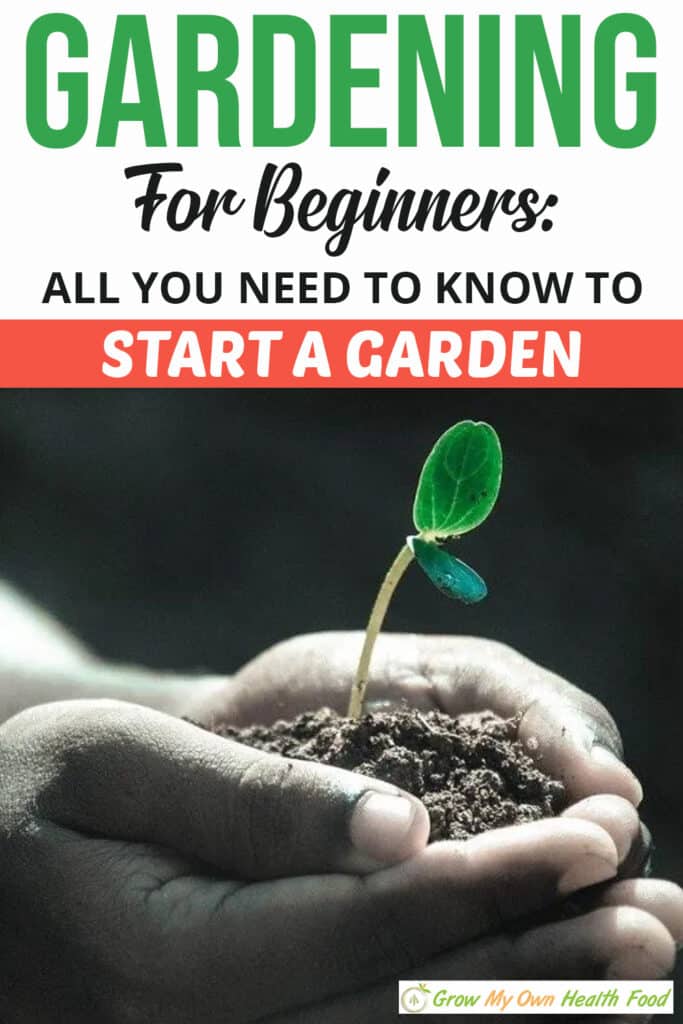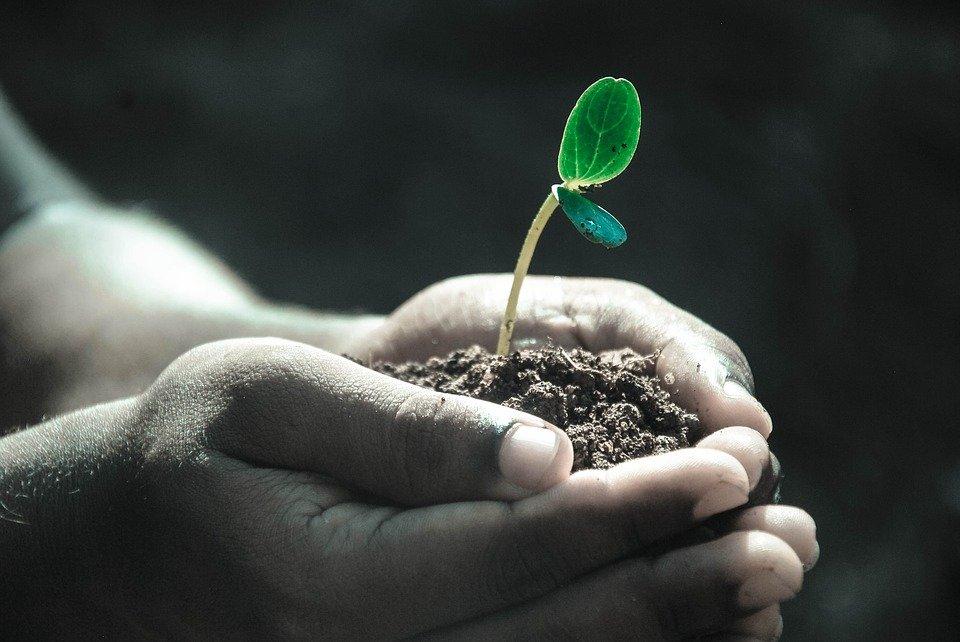Gardening is probably the most satisfying, healthy, and rewarding hobby of all time. Whether you have a green thumb or not, you can easily work out a beautiful garden with some lovely flowers, vegetables, plants, and trees. All you need are some gardening for beginners basics to get you started.
Here’s a guide that includes everything beginners will need to know before setting up a garden. Get ready for a gardening adventure, which holds plenty of delicious vegetables, fruits, flowers, and fresh herbs at the end of the finish line.
Steps To Get Your Garden Growing
So you have a piece of land but don’t know where to start? Here are 10 simple beginner gardening steps to transform barren land into a gorgeous garden!
Know Your Zone
The varieties of plants you can grow and the best time of the year to plant them depend on which hardiness zone you live in. USDA (United States Department of Agriculture) has prepared a plant hardiness zones map to help you pick the right varieties to grow in different regions of Canada and the US. You can zoom in on your state to see the hardiness of the area.
Pick the plant varieties for which your zone falls in the hardiness range of the plants. Your local nursery will also help you decide which plants work best in the region. It’s always better to start with the native varieties as a beginner since they won’t give you a hard time thriving.
In northern gardens, you’ll have a hard time growing crops that take a long, warm growing season. You’ll have better luck with cool-season vegetables, like salad greens, carrots, leek, garlic, and spring onions. Southern gardeners will also have their share of challenges. Heat-loving vegetables like pepper, tomatoes, and cucumbers are generally the most popular picks for the South.
Pick Your Weapon (Gardening Tools)

No need to invest in a lot of fancy tools but you’ll need some basic gear to get started. If you don’t have them already, here’s the bare minimum you’ll need to get before you start. A local gardening store will have everything you need.
- Hand Tools
- Garden Shovel
- Rake
- Garden Spade
- Pruners
Invest in good quality, preferably steel, gardening tools that you can continue using for a long time. Cheap plastic tools are just going to snap at the first use.
Choose A Good Spot
Most fruits and vegetables like it sunny and warm. A minimum of 6 hours of direct sunlight every day is a healthy routine for most plants. If you live in a warm climate, you may want to find a spot that gets some afternoon shade, while northern gardeners should go for a location that receives the most sun.
It’s OK if you don’t have a sunny spot on your lawn. Though you won’t be able to grow sun-loving plants, like tomatoes or peppers, you can choose other varieties that will thrive in the shade. Hostas, herbs, salad greens, and root vegetables won’t need as much sun and can easily grow in a shady spot.
Sunlight isn’t the only consideration when picking the garden space. There are some other things to keep in mind. Choose a flat piece of land that’s close to a water outlet and protected from cold winds.
Container Planting
If you don’t have garden space, you can start with some containers. Most plants, including vegetables, flowers, and even small fruit trees, work really well in pots. Choose a suitable pot’s size, depending on what you’re planting, fill it with potting mix and plant! It’s even easier than garden planting since you won’t need as many preparation steps.
Tidy Up
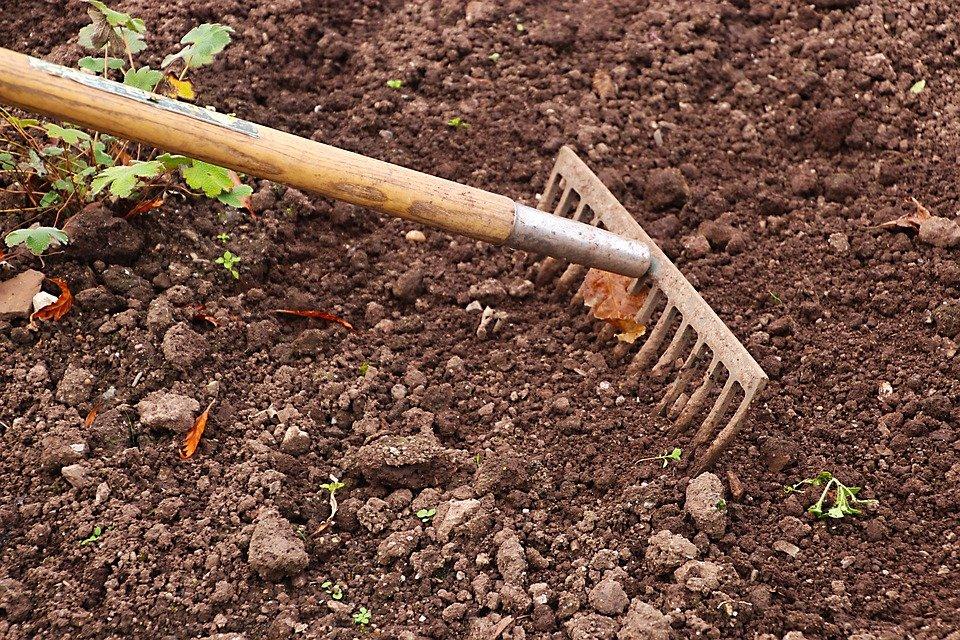
Start by preparing a neat home for your plants. Remove sod, weeds, dead plants, stones, and debris covering the soil. When you pull out the grass and weeds, make sure you get it out from the roots. If you leave roots in the garden, these unwanted plants will quickly grow back.
Tilling is optional; many expert gardeners prefer not to disturb the soil or healthy microbial activities that progress beneath the top layer. However, if you have heavy or clay soil that hasn’t been used for growing lately, tilling it to a good depth of 8 to 10 inches will help loosen up and aerate the soil for better root development. Turn the ground with a spade or garden fork and remove any roots, stones, or debris that you find in the way.
It’s also good to mark the boundaries with bricks since it will prevent grass or weed from taking root into your garden.
Amend With Compost
Thought you were ready to sow the seeds? Not quite. Building nutrient-rich soil is the key to a thriving garden. For well-drained, fertile soil, you’ll need to amend the top layer with well-rotted compost. The ground is best prepared in the fall before you plan on planting. It gives the compost plenty of time to do its magic and get the soil in good shape for the young plants. Just use a garden fork or a spade to mix 2 to 3 inches of compost into the topsoil.
Add A Layer Of Mulch
Finish your garden bed with a layer of organic mulch. Mulch keeps weeds at bay and holds soil’s moisture and temperature at a good level. With mulch, you won’t need to water as frequently since evaporation from the surface slows down.
Choose Your Plants

Now that your garden bed is ready, it’s time to pick your plants! Choose the best plants to grow according to the climate and your zone. You can either buy seedlings from the nursery or start from scratch by planting seeds.
When planning the garden, ideally plant similar vegetables together since they’ll often require the same kind of maintenance. For example, root vegetables could go in one corner; herbs could go in another. Leafy vegetables can also be planted together. Also, consider companion planting when deciding which plants to go where. Not all plants will go well when grown together.
Here are some of the easiest plants to grow for beginners:
Flowers
- Geraniums
- Pansies
- Sunflower
- Marigold
- Snapdragon
- Lavender
Vegetables
- Radishes
- Peas
- Pole beans
- Salad greens
- Kale
- Chard
- Eggplant
- Basil
Plant Carefully

For warm-season vegetables, you’ll need to wait until after the last spring frost to plant the seeds. As for perennials, mid-spring and mid-autumn are both suitable times to plant.
If you want to get a headstart, you can start them sooner indoors and then transplant the seedlings into the garden once frost passes. However, this method isn’t too easy for beginners.
Planting Seeds
The seed packet will generally include some basic planting instructions for the variety. The planting depth and spacing will slightly vary with what you’re growing.
If the instructions aren’t available, plant them about three times as deep as their diameter. Some seeds need light to germinate. Make sure you do your research on the variety before sowing the seeds. Keep the soil moist, but not wet, for germination.
Planting Transplants
An easier method is to get young plants from the nursery, called ‘transplants.’ Remove them carefully from their original container by patting the bottom. Make sure you don’t damage the rootball while taking out the plant. Dig a hole in the planting bed and plant them to the same depth as they were in the nursery pot. Fill the hole with soil and water it.
Garden Care
Your garden is all set. Now all you have to do is nurture your plants and watch them grow! The more you care for them, the healthier they’ll be, pretty much like babies.
However, many low-maintenance plants, such as the ones we’ve listed above, won’t ask for much attention. You don’t have to be a full-time gardener if you don’t have the time for it, though many enthusiasts would happily spend hours in their yard without even realizing. Here’s a list of things involved in garden care:
Water
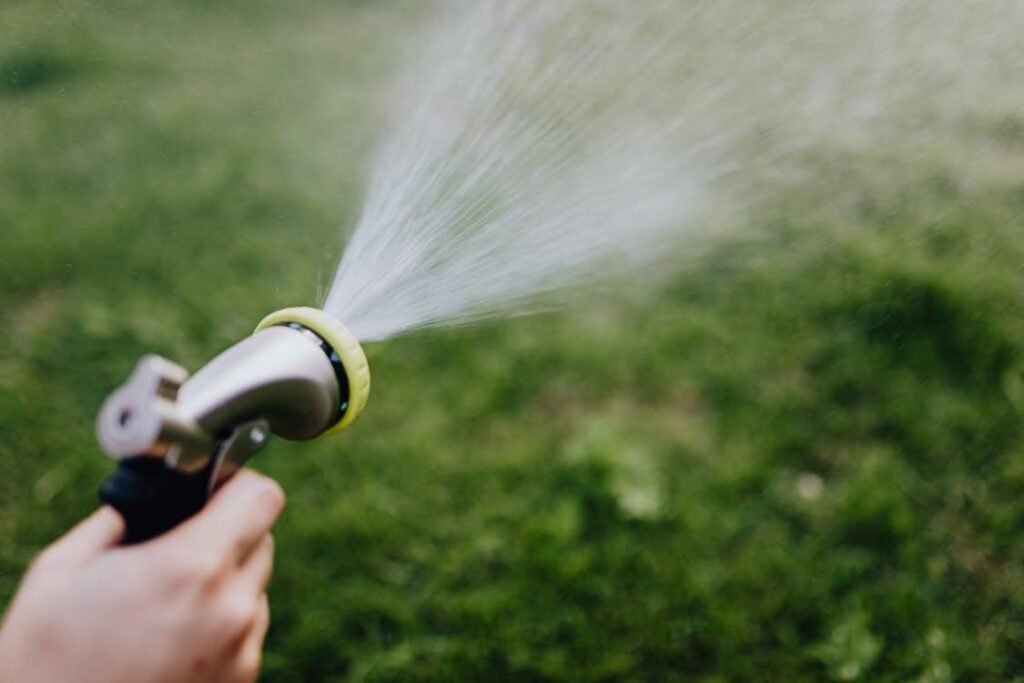
Don’t let the seedlings or transplants dry out; you may need to water daily during the summer months to maintain moisture in the soil. You’ll need to be especially careful with watering until the plants establish a healthy root system.
Once the plants establish, most varieties will need around one inch of water each week throughout the growing season. If rain doesn’t cover the requirement, you’ll need to water them. As an easy check, just stick your finger about 2 to 3 inches deep in the soil; if it feels dry, water it.
The best time to water is early morning, since evaporation is low and water will have a better chance of soaking into the soil and reaching the roots. Water slowly and deeply.
Mulch
Maintain a couple of inches of organic mulch over the soil. Shredded bark, compost, cocoa beans shells are good organic mulches. They offer groundcover to prevent the soil from drying out and also prevent weed seeds from germinating. Mulches are easily available at the local gardening store. For annuals, choose mulches that decompose within months. For perennials, on the other hand, choose those that stay longer, like bark chips.
Fertilizer
When you start with compost-rich garden soil, your plants won’t need any additional fertilization for months. For annuals, the best option is to side-dress with well-rotted compost around midseason. Just sprinkle the compost along the sides of the plant rows. Nutrients will release and slowly seep into the ground to replenish the supply.
If you’re going for chemical fertilizers, make sure you understand which type of fertilizer to use and when to use it. Typically, plants will benefit from a fertilizer dose when they begin fruiting or blooming. Different plants feed differently. Broccoli, cabbage, spinach, and other leaf vegetables are heavy feeders and will benefit from a nitrogen-rich NPK fertilizer. Other plants, like herbs, will rarely need any fertilization.
Support

Taller plants or vining ones will need support as they grow. Plants like pole beans, peas, grapes, climbing roses, and tomatoes can benefit from a trellis or stake. Use a soft string or garden twine to tie the branches to the support as they grow.
Watch Out For Pests
Keep pests off your garden by picking them off and destroying them or hosing them off with water. You can also spray an insecticidal soap purchased from the garden store to get rid of them. Some plants, like garlic and onions, deter pests with their pungent smell. You may want to include these in your garden for natural pest control. However, do make sure that the species you plant together are ‘good companions.’
Harvest Time!
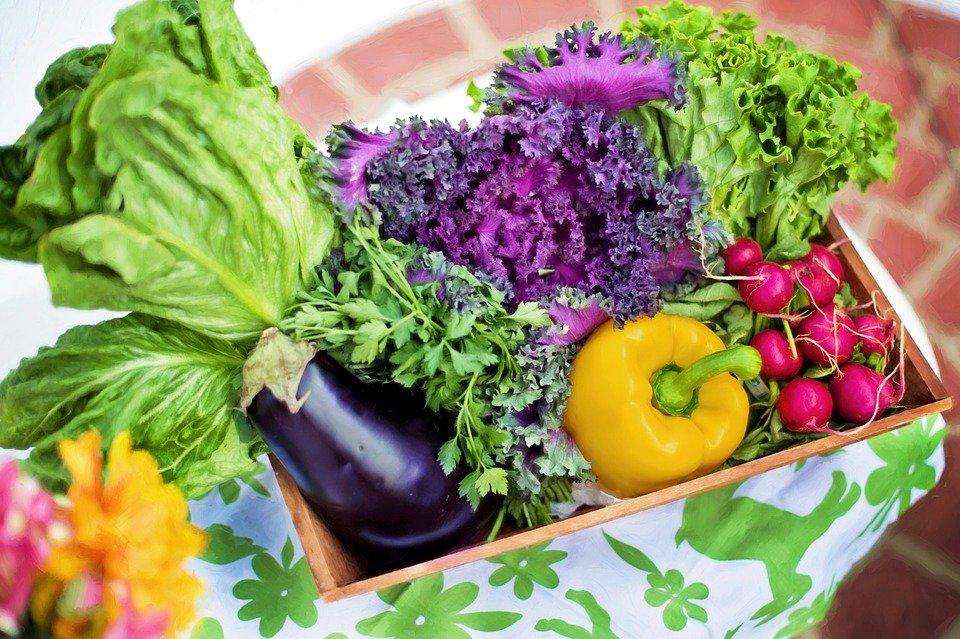
Finally! It’s time to feast on the fruit of your hard work – literally! For best quality, harvest as soon as the crop matures. Leafy greens are harvested using the ‘cut and come again’ strategy. You can clip off the older leaves and wait for the plant to regrow for successive harvests. Tomatoes and peppers can be picked when green and given time to ripen off the plant, or you can leave them on the plant and pick them as soon as they’re fully ripe. Corn is harvested when the silk turns dark, and the cobs are full.
Conclusion
Gardening brings you close to nature. The improvement in health and mood that comes from being close to plants outweighs most other hobbies. And the best part is, you don’t have to be a pro to start growing some simple plants! Start small with a manageable, compact garden bed, and you can gradually expand beyond gardening for beginners as you gain confidence and pick up new skills. We recently published an article on Straw Bale Gardening you might consider to start with.
